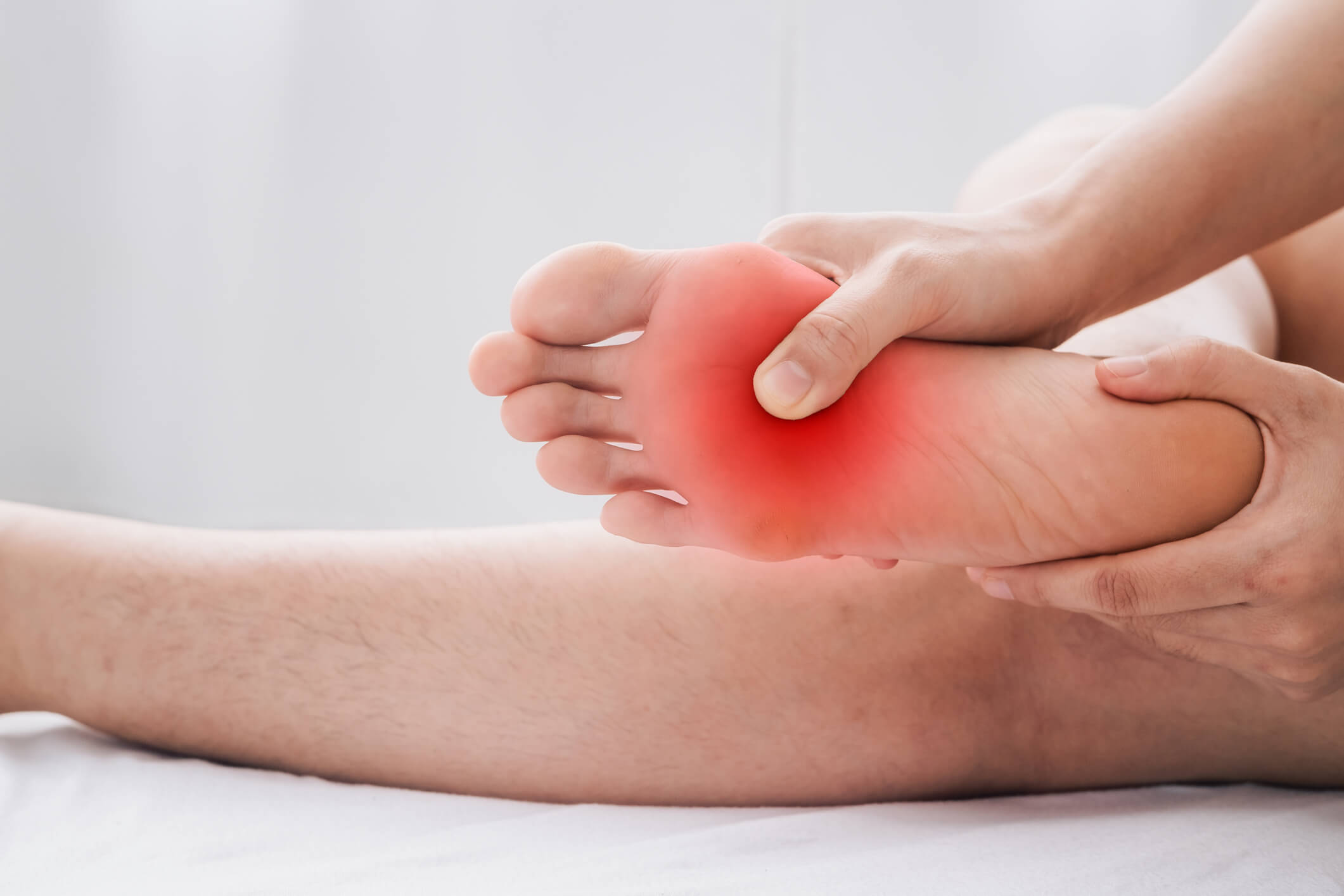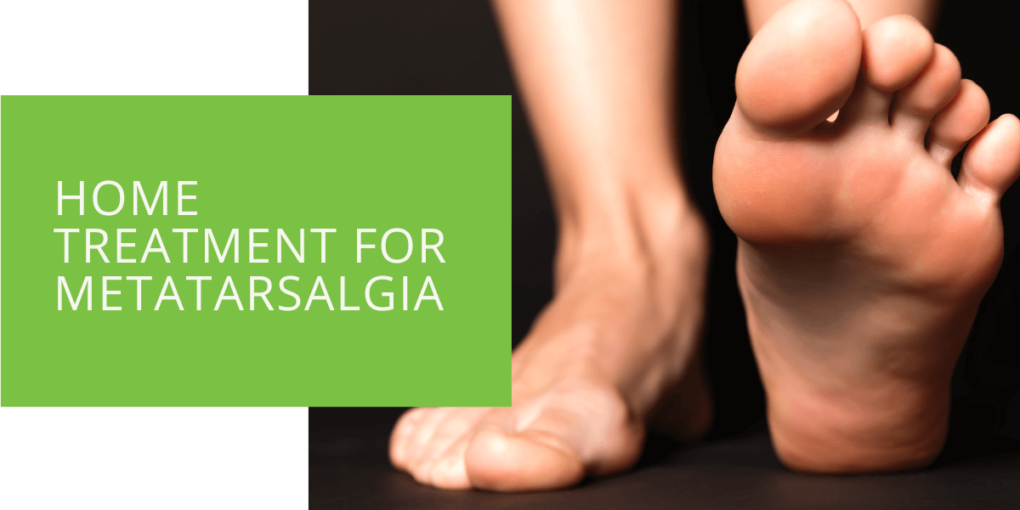Home Treatment for Metatarsalgia
Metatarsalgia is a common foot condition characterized by pain and inflammation in the ball of the foot. The pain is usually located under the metatarsal bones, which are the bones that connect the toes to the midfoot. It is often referred to as "pain in the ball of your foot." Metatarsalgia can make it difficult to walk, run, or even stand for long periods.
What Is Metatarsalgia?
Metatarsalgia is a condition that affects the metatarsal bones, which are the bones located in the ball of the foot. The condition is characterized by pain and inflammation in this area, making it difficult to walk, run, or even stand for long periods.
Symptoms of Metatarsalgia
The symptoms of metatarsalgia include pain and inflammation in the ball of the foot, which can be sharp or dull. The pain may also be accompanied by burning or tingling sensations. The pain is usually located under the metatarsal bones, which are the bones that connect the toes to the midfoot. The pain may also be worse when standing or walking for long periods.

Home Treatment Options
Rest and Ice
The most basic treatment for metatarsalgia is rest and ice. Resting your foot can help to reduce the inflammation and pain caused by metatarsalgia. You can do this by staying off your foot as much as possible and avoiding activities that cause pain. Applying ice to the affected area can also help to reduce inflammation and pain. You can use a cold pack or a bag of frozen vegetables wrapped in a towel. Apply the ice for 15-20 minutes at a time, a few times a day.
Stretching and Strengthening Exercises
Stretching and strengthening exercises can help improve the flexibility and strength of the foot muscles, tendons, and ligaments. This can help to reduce the pain and inflammation caused by metatarsalgia. You can do exercises such as toe curls, extensions, and ankle rotations to stretch and strengthen the muscles in the foot.
Orthotic Inserts
Orthotic inserts can help to reduce the pressure on the ball of the foot and can also help to realign the bones in the foot. Metatarsal pads are a type of orthotic insert that are placed under the ball of the foot and can help to redistribute the pressure on the metatarsal bones. Arch supports can also help to realign the bones in the foot and can help to reduce the pain and inflammation caused by metatarsalgia.
Over-The-Counter Pain Medication
Over-the-counter pain medication such as ibuprofen or naproxen can help to reduce the pain and inflammation caused by metatarsalgia. These medications can be taken as directed on the package, and can provide temporary pain relief.

Self-massage Techniques for Metatarsalgia
Foam Rolling
Foam rolling is a self-massage technique that can help reduce pain and inflammation in the ball of the foot. You can use a foam roller to massage the muscles in the foot, which can help to increase blood flow and reduce pain and inflammation.
Tennis Ball Massage
Another self-massage technique for metatarsalgia is using a tennis ball. You can place the tennis ball under the ball of your foot and roll it around, applying pressure to the affected area. This can help to loosen up tight muscles and reduce pain and inflammation.
Preventative Measures
Wearing Proper Footwear
Wearing proper footwear is an important preventative measure for metatarsalgia. High heels and shoes with a narrow toe box can put added pressure on the ball of the foot, exacerbating pain and inflammation. Instead, opt for shoes with a wide toe box, good arch support, and a low heel.
Stretching Before Physical Activity
Stretching before physical activity can also help to prevent metatarsalgia. Taking a few minutes to stretch the muscles in your feet can help to reduce the risk of injury and can also help to reduce pain and inflammation.
Maintaining a Healthy Weight
Maintaining a healthy weight is another important preventative measure for metatarsalgia. Carrying extra weight can put added pressure on the ball of the foot, exacerbating pain and inflammation. Losing weight can help to reduce the pressure on the ball of the foot and can also help to reduce pain and inflammation.

When to Seek Medical Attention
Severe Pain
If you experience severe pain in the ball of your foot, it is important to seek medical attention. Severe pain can be a sign of a more serious condition and should be evaluated by a doctor.
Inability to Bear Weight
If you cannot bear weight on your foot, it is important to seek medical attention. This can be a sign of a more serious condition and should be evaluated by a doctor.
Signs of Infection
If you notice any signs of infection, such as redness, swelling, or warmth in the affected area, it is important to seek medical attention. An infection can worsen the pain and inflammation caused by metatarsalgia and should be treated by a doctor.
Conclusion
Metatarsalgia is a common foot condition that can cause pain and inflammation in the ball of the foot. Many home treatment options can help to reduce pain and inflammation, such as rest and ice, stretching and strengthening exercises, orthotic inserts, and over-the-counter pain medication. Preventative measures such as wearing proper footwear, stretching before physical activity, and maintaining a healthy weight can also help to reduce the risk of developing metatarsalgia. If you experience severe pain, inability to bear weight, or signs of infection, it is important to seek medical attention. If the pain persists or becomes severe, it is best to visit a podiatrist or doctor to investigate the underlying causes and develop a treatment plan tailored to your needs.

